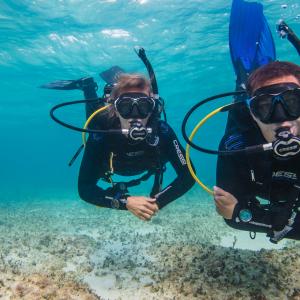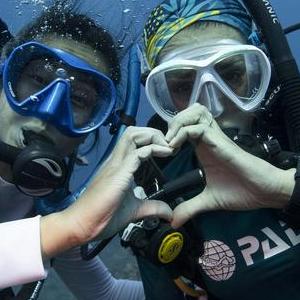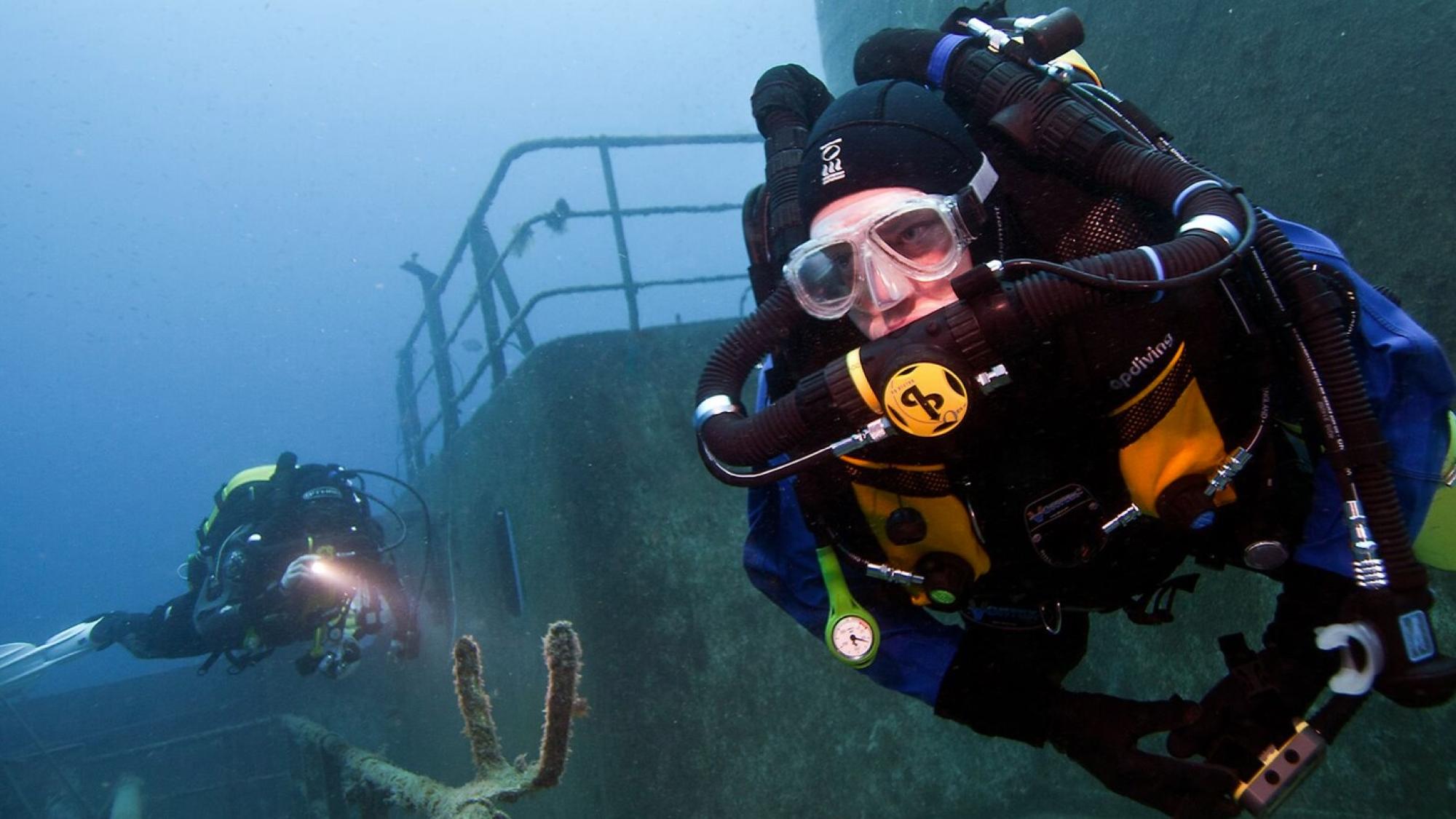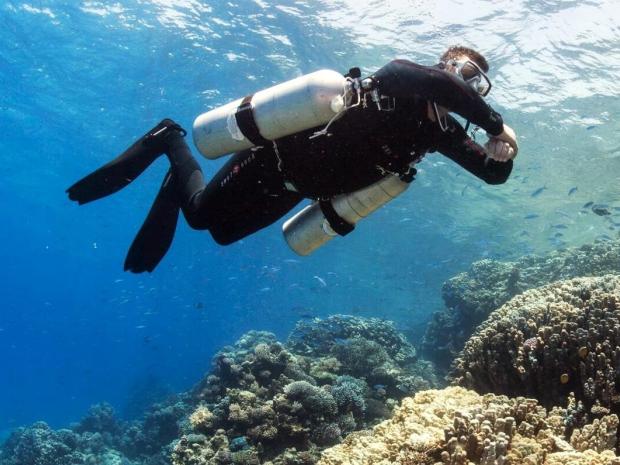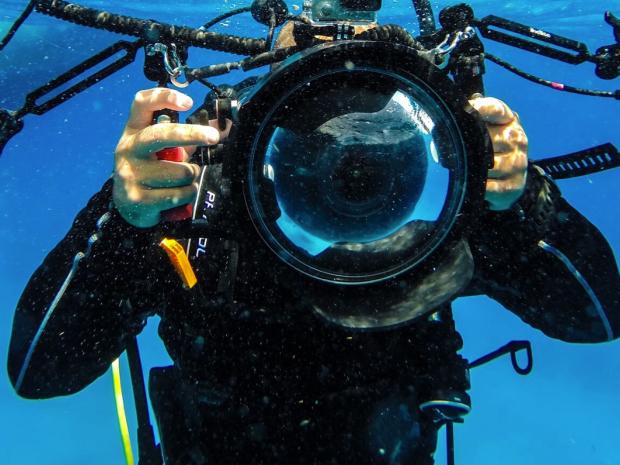Description
Rebreathers reuse the gas you exhale by recycling the good part and replenishing it for your next breath. This means your gas supply is significantly larger in a compact package compared to what you can carry in a scuba tank for conventional open-circuit scuba diving. It’s a huge benefit that allows longer dives. Another benefit is the quiet factor. Underwater photographers really like it because they can approach aquatic creatures that would ordinarily shy away from bubble noise. Also, because you breathe gas that’s been warmed by you and the recycle process, rebreather diving keeps you warmer – a bonus in cool water.
The PADI Rebreather and Advanced Rebreather Diver courses use Type R units to introduce divers to rebreather diving within recreational dive limits. They are electronically controlled and provide a backup for all the major systems, which simplifies training and use.
Tec CCR courses teach technical divers how to use Type T CCRs beyond recreational dive limits.Interested in rebreather training? See your PADI Dive Center or Resort.
Rebreather Types
- Closed-Circuit Rebreathers (CCRs) recycle all the gas you exhale; only a few bubbles escape during ascents to release expanding gas. CCRs require two gas supplies, a diluent (usually air) and 100 percent oxygen.
- Semi-closed rebreathers (SCRs) recycle some of the gas that you exhale. Bubbles escape in a stream or small bursts, but not many and not near your face. SCRs only need one gas supply – enriched air nitrox – typically EANx36 or higher.
Standard Features
- Counterlung – A bag that expands when you exhale and contracts when you inhale.
- Valves – Direct gas circulation in one direction through the breathing hose assembly, so your exhaled breath goes through a chemical scrubber that removes waste CO2.
- Mouthpiece – Closes and also connects to the bailout valve (BOV), which is an open-circuit second stage regulator hooked up to a cylinder with breathing gas for emergencies.
- Gas supply – Feeds into the gas flow loop to replenish the oxygen you consume, and to increase the counterlung volume as needed.
- Oxygen sensor – An electronic module that gas passes through after the chemical scrubber.
Type R rebreathers, specifically suited for recreational, no stop diving, also have these characteristics:
- Use pre-packed scrubber canisters – you don't have to mix the chemicals.
- Will not operate or will warn you if the canister is missing.
- Provide electronic prompts for the predive check.
- Provide automatic set point control.
- Estimate scrubber duration.
- Have warnings for low or closed gas supply, low battery life, high or low PO2, etc.
- Include a “black box” data recorder function in the electronics.
- Have a display warning system in your line-of-sight during normal diving.
How to Choose
Choosing the right rebreather is important because it’s a big investment and probably the most sophisticated equipment you’ll own as a diver. The rebreathers you’ll find in a PADI Dive Center or Resort are all good products, and because rebreather technology is rapidly advancing, they continue to get even better.
PADI Rebreather and Advanced Rebreather Diver courses, as well as Tec CCR courses, qualify you to dive with the specific rebreather you use during training. You can qualify to use different models by taking a PADI Rebreather Qualification program. So, using your rebreather during training, or being able to take a qualification program for a specific rebreather, is a key consideration when choosing your unit.
Get guidance from your PADI Rebreather Instructor, consider what you need for the type of diving you’ll do (recreational or technical), and then make sure your unit can be easily and conveniently serviced, when necessary.
Maintenance
The first step before diving with your rebreather is to thoroughly read the manufacturer’s literature and always have it handy to reference. Set-up and post-dive procedures can vary between different models. You practice setting up your rebreather during training, referencing the manufacturer’s literature, but should have the literature available each time you dive, just in case you need to double check anything.
Rebreather service must be done by a manufacturer-authorized technician, typically annually, but again refer to the manufacturer’s literature. Be sure to keep good records regarding all the service and maintenance for your rebreather.

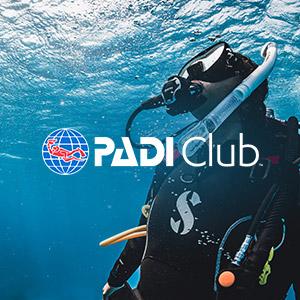
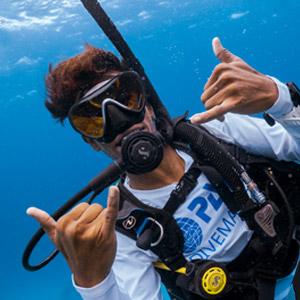




 Marine Debris
Marine Debris
 Shark & Ray Protection
Shark & Ray Protection
 Adopt The Blue
Adopt The Blue


